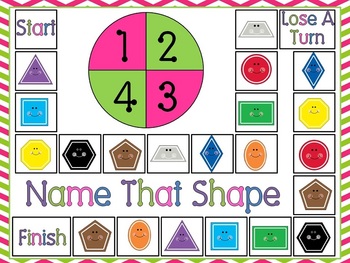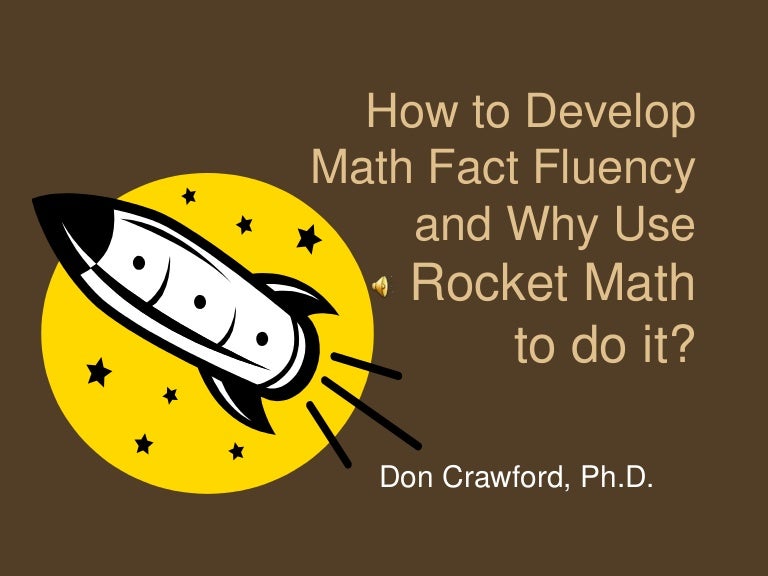
If you're looking for a fun way to learn math, 7th grade math games can help. These games are designed to help your child master all of the concepts that are included in the seventh-grade math curriculum. These games cover many topics such as Multiplication, Subtractions, Equations and Informal Geometric Constructs.
Multiplication
Multiplication is an essential skill for middle schoolers. There are many games available that teach this skill. Many of these games include manipulatives that teach multiplication facts. Base-10 blocks are one way to see the multiplication problem and the answer. Color-by-number is another game that makes use of manipulatives.
This game is ideal for students learning about the properties and positive and negative numbers. Each player will be given 50 note cards measuring 3x5 inches. The students will write various integers on the cards including 0 and 20. The players will then swap cards and play a round. If the player with the highest score completes the grid, they win. This game encourages children to learn more about factors and practice multiplication tables.

Subtraction
Subtraction is one of the most important math skills for seventh grade students, and there are many ways to reinforce this concept in games. Some games involve mighty warriors and racing; others are just fun games where students practice their addition and subtraction skills. No matter what the style of subtraction game you choose, it will help your child learn this skill and reinforce it while having fun at the same time.
Subtraction can be challenging for students younger than 7th grade. Many 7th grade math games will include practice with this concept by challenging students to complete calculations in different ways. One game, for example, requires players to combine addition and subtraction with the appropriate digits. These games could also require scientific notation. They may include multiplication and subtraction.
Equations
The seventh grade math curriculum teaches students to use equations in a variety of ways. Students may be able to practice multiplication skills by solving fractional problems. They might also use graphing to help them learn ratios. You can also reinforce math skills outside the classroom by playing a game that uses equations such as Can You Make It?
Monster Mischief, another example of an algebra game, is another. Students must add, subtract, multiply in this game. This game is a fun and easy way to practice these operations.

Informal geometric constructions
Informal geometric constructions are a key part of 7th grade mathematics. These constructions can be used to help students understand angular relationships, how rational numbers work and how to solve problems. These can help students solve scale problems and draw scale drawings. Informal geometric constructs are an important part of seventh-grade math games.
Informal geometric constructions include an equilateral triangle and square as well as a regular hexagon inscribed within a circle. Students are also taught how intersecting lines can create angles. Students also learn angles and p through solving problems involving area, surface area and volume.
FAQ
How do I apply to college?
There are many ways to apply for college. Contact your high school guidance counselor to get started. Many high schools use online applications. Local colleges can also be reached directly. Most colleges will accept applications over the Internet through their website.
You can apply by mail, but you will need to complete the application and write a personal essay. Also, send copies of any required documents. Your personal statement is a chance to explain why you are interested in attending this institution and what it would mean for you. This personal statement also helps admissions officers understand your goals and motivations.
On our website, you will find samples of essays that can be downloaded.
How much time should I spend studying each semester?
The time it takes to study depends on many factors.
You may be required to take certain classes annually by some schools. This means you won't necessarily have the flexibility to take fewer courses in a given semester. Your advisor will tell you which courses are required for each semester.
What is an alternative school?
The idea behind an alternative school is to offer students with learning difficulties access to education by providing them with support from qualified teachers who understand their individual needs.
Alternative schools provide special education opportunities for children with special needs.
A lot of help is also available for them when they need it.
An alternative school is not just for those who have been excluded from mainstream schools.
They are open to children of all abilities and disabilities.
How do I select my major?
Students choose their majors by their interests. Because they find it easier to study something they love, some students choose to major on a subject that they really enjoy. Others want to pursue a career for which there are no jobs available. Others choose a major to make money while they study. Whatever your reasons may be, you should consider what job you might enjoy after graduation.
There are many ways to get information about different fields of study. You could talk to someone in your family or friends about their experiences in these areas. You can check newspapers and magazines to see if any jobs are listed. Talk with a guidance counselor at your high school to ask about possible careers. Visit Career Services at the local library or community centre. Get books on different topics at your local library. Use the Internet to find websites related to particular careers.
When choosing a major, what factors should I consider?
The first step is to decide whether you prefer to enter a particular profession straight away or attend college. Make a list of all your talents and interests. Your interests can come from reading, listening to music, watching movies, talking to people, playing sports, working around the house, etc. You might be gifted in singing, dancing or writing. You can identify your talents and interests to help you choose a major.
Fine arts or art history might interest you if your dream is to be an artist. Biology could appeal to you if animals are your passion. If you'd like to become a doctor, you might look at pre-medicine or medical technology. Computer science, computer networking, or computer engineering might interest you if you want a career that involves computers. There are many choices. You just need to think about what you would like to do.
Statistics
- And, within ten years of graduation, 44.1 percent of 1993 humanities graduates had written to public officials, compared to 30.1 percent of STEM majors. (bostonreview.net)
- They are more likely to graduate high school (25%) and finish college (116%). (habitatbroward.org)
- Globally, in 2008, around 89% of children aged six to twelve were enrolled in primary education, and this proportion was rising. (en.wikipedia.org)
- “Children of homeowners are 116% more likely to graduate from college than children of renters of the same age, race, and income. (habitatbroward.org)
- In most developed countries, a high proportion of the population (up to 50%) now enters higher education at some time in their lives. (en.wikipedia.org)
External Links
How To
What is vocational education?
Vocational education prepares students for the workforce after high school. Students are trained in specific skills to be able to do a particular job such as welding. Vocational Education also offers apprenticeship programs that provide on-the-job training. Vocational education differs from general education because it focuses on preparing individuals for specific careers rather than learning broad knowledge for future use. The goal of vocational education is not necessary to prepare people for university study but to help them find jobs upon graduation.
Vocational education can be offered at any level of schooling: primary, secondary, college, university, technical institutes and trade schools. You can also find specialized schools such a culinary arts school, nursing school, law school, medical schools or dental schools. These schools offer both practical and academic training.
Over recent decades, there have been significant investments made in vocational education by many countries, including Australia, Denmark (Finland), Germany, Ireland and Japan. However, it is not clear if vocational education is effective. Some critics believe it doesn't help students get hired, while others claim that it helps prepare them for life after high school.
The U.S. Bureau of Labor Statistics has estimated that 47% of American adults hold a postsecondary certificate or degree related to their current occupation. This is a higher percentage among those who have more education. 71% are currently employed in fields that require postsecondary qualifications.
The BLS reported that almost half the adult population of the country had at least one form of postsecondary credential as of 2012. Around one-third of Americans hold a two or four-year associate degree. One fifth of Americans have a master's, or doctorate.
The median annual salary for people with a bachelor's was $50,000. This compares to $23,800 for those who don't have a degree. The median wage for advanced degrees holders was $81,300.
The median income for those who have not completed high school was just $15,200. A person with a lower high school diploma earned $13,000 annually.